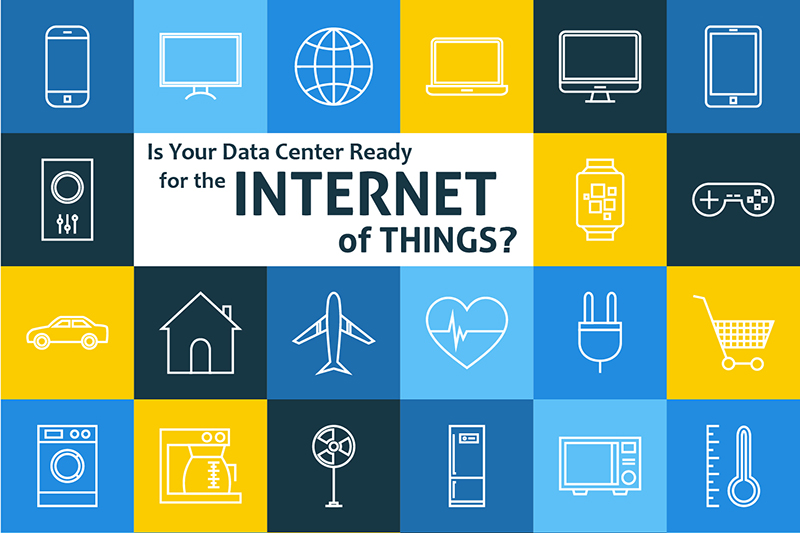Technology is a funny thing. Like children who can’t wait to grow into adulthood, we’re all excited for the future to be here, today. Sometimes we need to take time to temper our expectations before we’re actually ready to deal with what comes next.
It’s why technological leaps typically take time to arrive, and why it takes even longer in the enterprise for new technologies to make a significant impact.
With every technological leap, discourse on the pros and cons tends to be lengthy before standards are set and ideas take root.
Take cloud computing — you might think it arrived in the mid-2000s with Amazon’s Elastic Compute cloud (EC2). But the germ of an idea that became cloud computing actually arrived in the early ’60s in the form of the Intergalactic Computer Network. (Ah, what fancy sci-fi names baby boomers coined back then.)
These days, it’s all about the Internet of Things (IoT). When you first heard that phrase, I bet your first thoughts were: What does that even mean? How do things have Internet?
Simply put, it’s the idea that everyday objects — from your smartphone to your refrigerator to your shampoo bottle to your wearables — can communicate with each other. And, like cloud computing, the idea is maturing at a slow and steady pace and starting to make sense to both developers and consumers.
I have a Google Home and Sonos. They’re connected to each other, and they connect me to information, services, and entertainment. As advanced as they seem today, they’re fairly basic; it doesn’t seem like they’ve quite tapped into the full potential of what IoT can do.
But the Internet of Things will go big — I’m talking about your egg carton adding itself to your grocery list when you’re running low on eggs.
The Internet of Things has great potential to improve lives and facilitate business operations. With everything connected, just imagine the amount of information that your household might generated. Now take that a step further and imagine why, in such a future, Big Data (as we know it today) will be small potatoes.
A leading analyst firm estimates that by the end of 2020, there will be approximately 26 billion IoT devices installed.
The data deluge will be enormous.
Data, data, and more data — Does it mean new hardware?
Latency, capacity, and availability are all rising concerns, along with the ability to connect through the digital supply chain. With innumerable small packets of data constantly streaming in, the data center environment will be even less forgiving of downtime. The total tonnage of corporate bandwidth it’ll consume?
It boggles the mind.
If you’ve ever been upset that Twitter was down (remember fail whale?), you’d be absolutely irate when your egg carton doesn’t remind you to buy eggs. Having a data center that scales and never fails is more important than ever. You’ll need a data center that’s designed to cater to an IoT world and its real-time needs.
At SMS | CURVATURE, we stress the importance of innovating your infrastructure, doing more with what you already have, and having a comprehensive approach to life cycle management.
If the slowdown in IT spending in the last few years has taught organizations any lessons, it’s that legacy network devices had the same rate of hardware failure or problems with software as newer devices did. In fact, organizations found that older gear failed less often. (If you’re curious as to why, read my primer on the bathtub curve.)
Don’t be mistaken by thinking you need to have a state-of-the-art, shiny-to-the-last-screw data center to handle whatever comes next for IoT.
The strategy for building a data center ready for IoT is beyond the scope of this blog, but a helpful piece on how to do that can be found here.
Regardless of how you design your data center for the age of IoT, it should be flexible and adaptable — more of an evolution than a revolution.
It also means that you should evolve your data centers through a comprehensive approach to life cycle management, being sensitive about not simply doing a batch rake-and-cull to make room for the latest equipment.
As we head into a future with billions of devices speaking to each other, being able to find innovative approaches to doing more with the equipment you have and trust demonstrates your readiness to usher in the Internet of Things.



